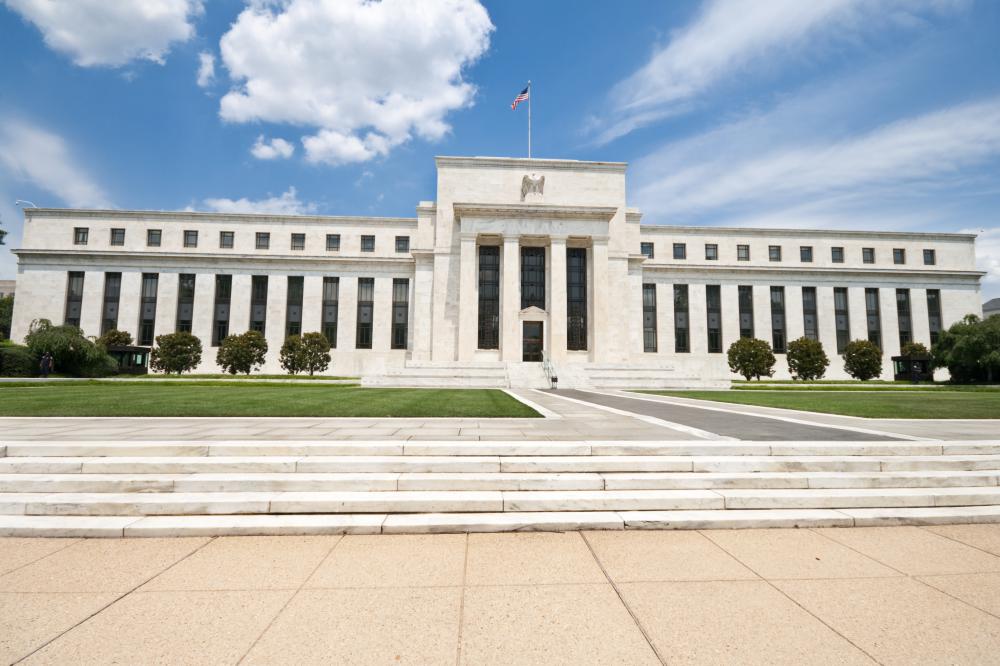At SmartCapitalMind, we're committed to delivering accurate, trustworthy information. Our expert-authored content is rigorously fact-checked and sourced from credible authorities. Discover how we uphold the highest standards in providing you with reliable knowledge.
What Is the Relationship between Cost of Living and Inflation?
Cost of living is a calculation of the financial cost of maintaining a standard of living in relation to available disposable income. Inflation occurs when there is a persistent and upward movement in the price of goods and commodities. As such, the relationship between cost of living and inflation is the manner in which increases in the price of goods and commodities affect a previously established table of the cost of living in a particular area or country under consideration.
In order to further demonstrate the link between cost of living and inflation, it is necessary to use a specific example. Assume John lives in Arlington, Virginia, in the United States, and earns $4,000 US Dollars (USD) per month with a calculated cost of living that amounts to about $3,000 USD per month. An increase in prices caused by inflation will affect the cost of living for John by causing the prices of commodities to increase, meaning he has to spend more than $3,000 USD a month if he wants to maintain his current standard of living. This means that the inflation will reduce the value of his monthly wages in relation to what it can purchase to maintain his standard of living. As such, John will probably have to spend as much as $3,500 USD per month as his cost of living.

Another relationship between cost of living and inflation is the effect inflation has on the real income of workers. Assuming John is told that his monthly wages have been increased to $4,500 USD the question is whether this will really make any difference in John’s standard of living, considering the effects of the increases in cost of living caused by persistent inflation. The answer is "no," because John’s cost of living has already increased by $500 USD due to inflation. As a result, the increase in earnings only allows him to maintain the status quo without really allowing him to save more money or use the extra $500 USD for other purposes.

The link between cost of living and inflation can also be described using an illustration of the purchasing power of a fixed amount of money during an inflation. Assuming $300 USD can purchase a grocery cart filled with different types of commodities needed by a family of six per week, the same grocery cart filled with goods will probably cost as much as $350 USD due to the effects of inflation. If there is no correlative increase in the income of the family to enable them absorb the increase in their cost of living, their living standards will have to drop as they make certain necessary adjustments to allow their money to go further.
AS FEATURED ON:
AS FEATURED ON:














Discuss this Article
Post your comments